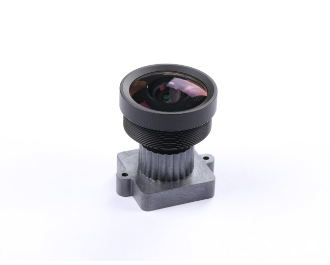Industrial News
Fisheye lens manufacturing process and materials,selection Fisheye lens is a special wide-angle lens with a large field of view and distortion effect,and is widely used in photography,monitoring and virtual reality and other fields.Its manufacturing process and material selection are critical to ensuring the optical performance and quality of the lens.
First of all,the manufacturing process of fisheye lens includes lens processing,assembly and debugging.Lens processing is one of the key steps in the manufacture of fisheye lenses.The processing methods usually used are grinding,polishing and coating.Grinding is the fine machining of raw material to the desired shape and size.Polishing is to improve the finish of the ground lens to reduce optical distortion.Finally,the coating is to enhance the light transmission performance and wear resistance of the lens.
Secondly,the material selection of the fisheye lens is also crucial.Common fisheye lens materials include glass and plastic.The glass material has excellent optical performance and durability,and can provide higher resolution and color reproduction.Plastic materials are relatively light and cheap,and are suitable for some low-cost application scenarios.Depending on specific needs and applications,manufacturers will choose the right material to make fisheye lenses.
In addition,the design of the fisheye lens also needs to take into account the shape and arrangement of the optical components.Fisheye lenses usually use spherical or aspherical lenses to achieve wide-angle effects.Spherical lenses have a simple manufacturing process and lower cost,but cause greater distortion.Aspheric lenses correct distortion better,but are more complex and expensive to manufacture.
In short,the manufacturing process and material selection of fisheye lens are very important to ensure its optical performance and quality.The manufacturing process includes lens processing,assembly,and adjustment,while material selection needs to take into account factors such as optical performance,durability,and cost.Only through fine craftsmanship and proper material selection can high-quality fisheye lenses be manufactured to meet the needs of different fields.
 English
English  German
German Japanese
Japanese Korean
Korean Vietnamese
Vietnamese French
French Spanish
Spanish भारत
भारत




